
Art
14:32, 15-Apr-2019
A neo-realistic Chinese paper-cutting artist
Updated
16:11, 15-Apr-2019
CGTN
04:32
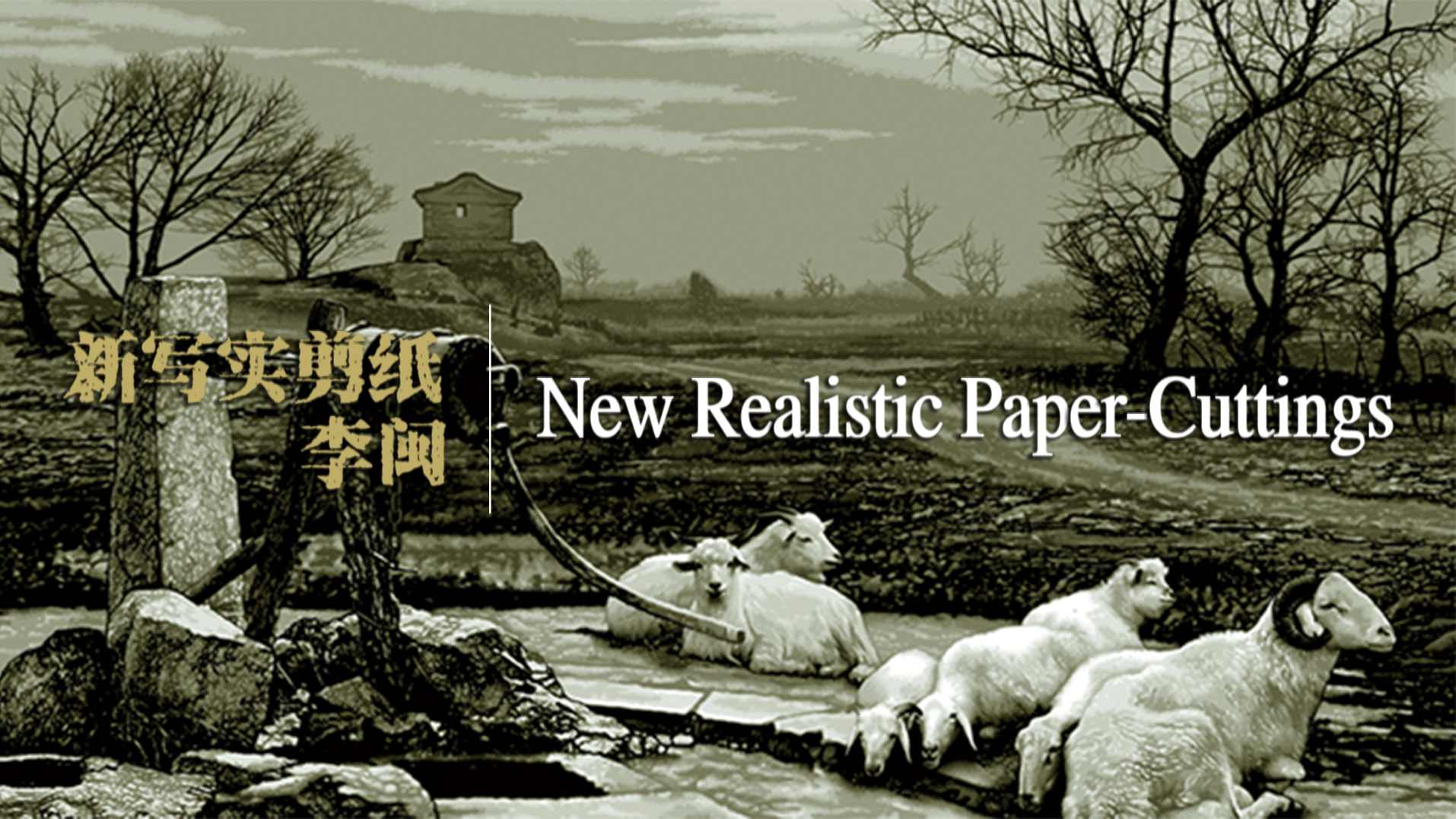

CGTN
CGTN
Located in Beijing's Changping District is a gallery of paper-cutting artworks. Its collections are quite unconventional. These layered works are so life-like with rich colors that they are regarded as "oil paintings cut out from paper."

"The Path to Hometown"; Photo courtesy of Li Min
"The Path to Hometown"; Photo courtesy of Li Min
The artist is Li Min, who specializes in industrial arts. Inspired by the intangible cultural heritage of "Yuxian County paper-cutting" in 2003, he created the "neo-realistic Chinese-style multi-layer paper-cutting."
"I used to study folk art. The traditional paper-cutting bears people's wishes for joy and happiness. That's why they use red paper and focus on the decorative outlines like in the Chinese ink and wash paintings," says Li.
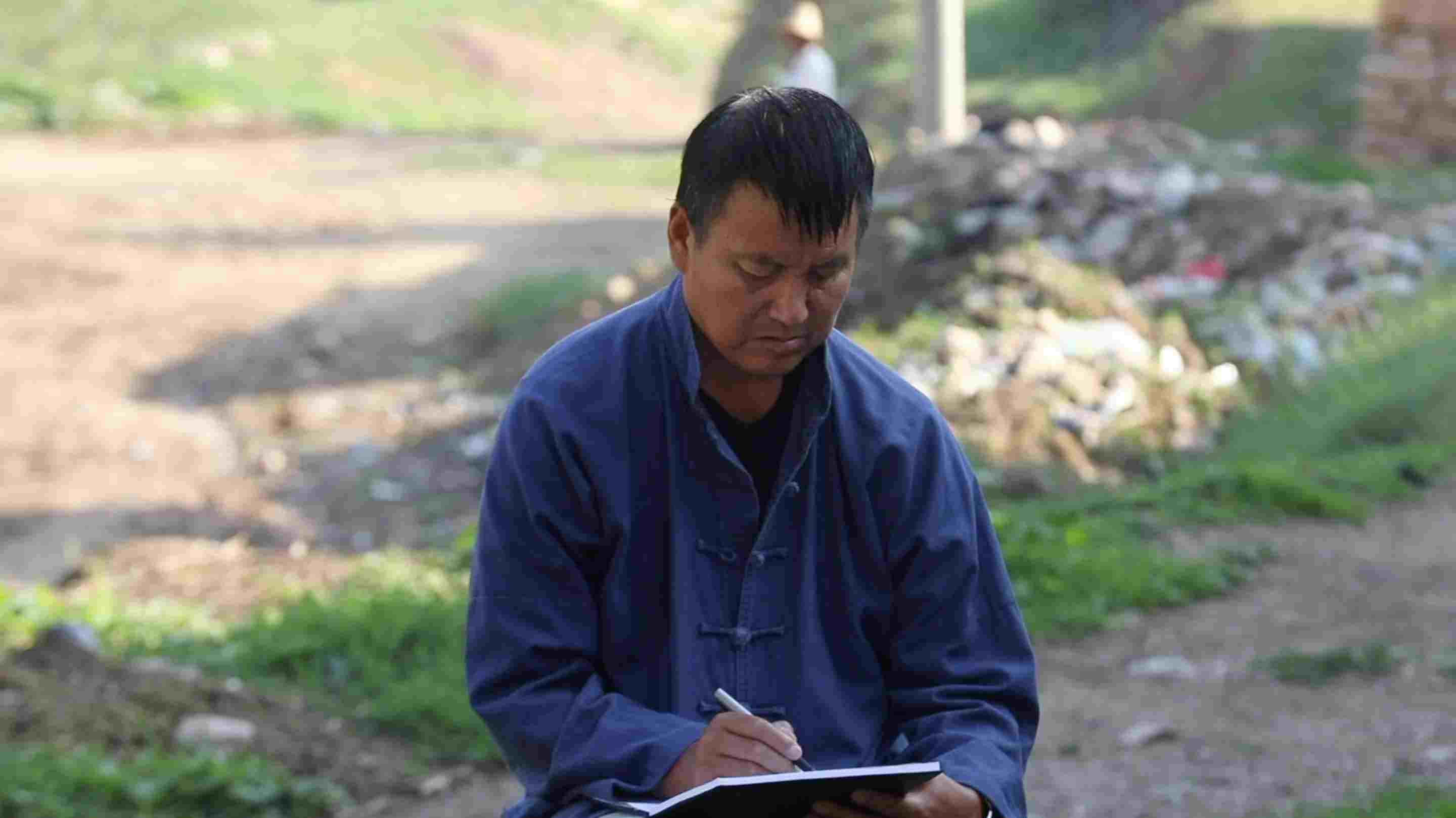
Li Min; /by CGTN
Li Min; /by CGTN
Having a second thought, Li wants to jump out of the box. "I was deeply influenced by photorealism and wanted to infuse the western sketches into Chinese paper-cutting, focusing more on the light and shadow." Thus he began to pursue the extreme realism that emphasizes features of the figures.
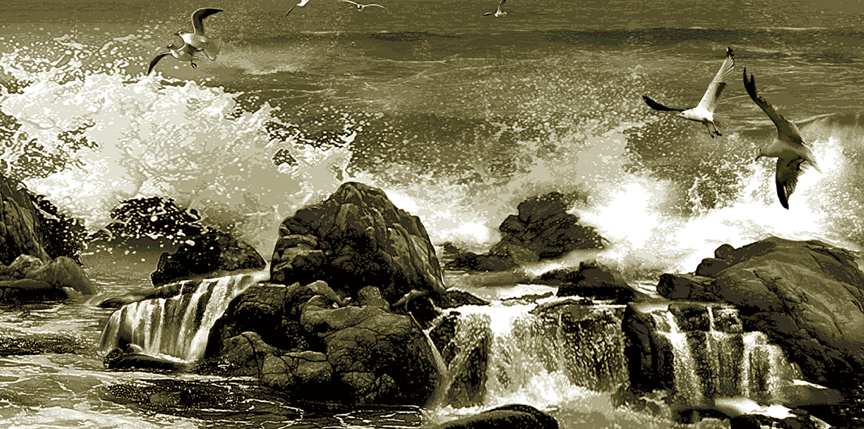
"Song of the Sea"; Photo courtesy of Li Min
"Song of the Sea"; Photo courtesy of Li Min
At first, Li worked on the realistic patterns with a single layer. After a dozen years' exploration, the techniques became very complicated. A piece of work consists of 16 to 18 layers of paper, with each layer carved on a single piece of paper. The subtle color differences between every layer work together to show the refined, oil-painting-like color effect.
Due to his effort in merging eastern and western arts, the Ministry of Foreign Affairs asked Li to make a paper-cut portrait for U.S. President Barack Obama before his state visit to China in 2009.
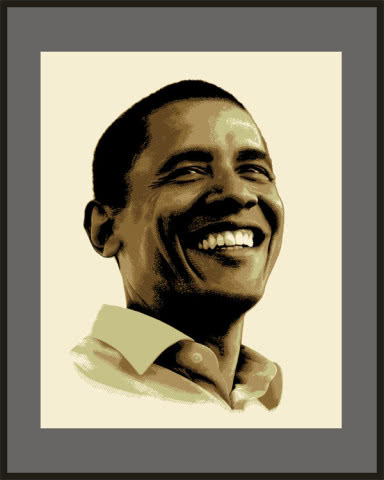
Photo courtesy of Li Min
Photo courtesy of Li Min
Local themes are always Li's favorites. Living in Yuxian County, northern Hebei Province for more than 50 years, he takes everything in the region as the themes for his art works.
"I think people are deeply connected with their homeland. I want to remind people of their hometown through my works," says Li. In 50 years, he witnessed the significant change in the county, where the locals stepped into the modern world from their agricultural tradition. He is always interested in the vastness and desolation of the rural scenery. Stone walls, rubble and crop fields are frequently seen in his works. Sometimes, he puts exquisite female figures among them.

CGTN Photo
CGTN Photo
"My aesthetics is quite oriental style," Li explains. "I would like to merge the bitterness and the delicacy, the vicissitude and the beauty together in an artistic way."
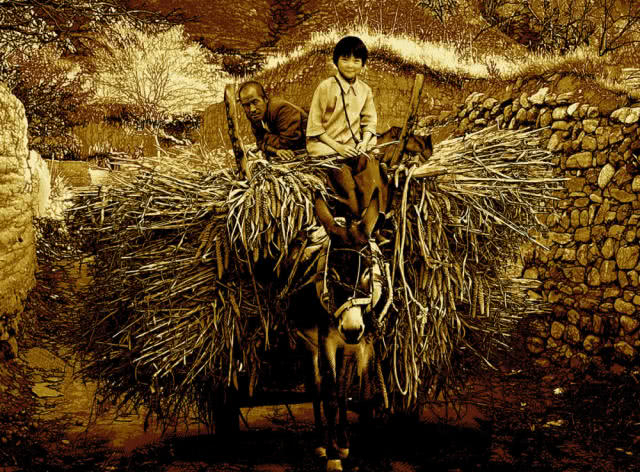
"The Golden Autumn"; Photo courtesy of Li Min
"The Golden Autumn"; Photo courtesy of Li Min
An exhibition was held at Beijing's Capital Museum in August, 2014 for Li and the folk artists of his studio. Their 45 pieces of work covered three major themes, namely " Red Classics," "Hometown Memory" and "People & Scenery." An old man burst into tears staring at his works, "They may have truly reminded him of his beloved hometown in the memory," says Li.
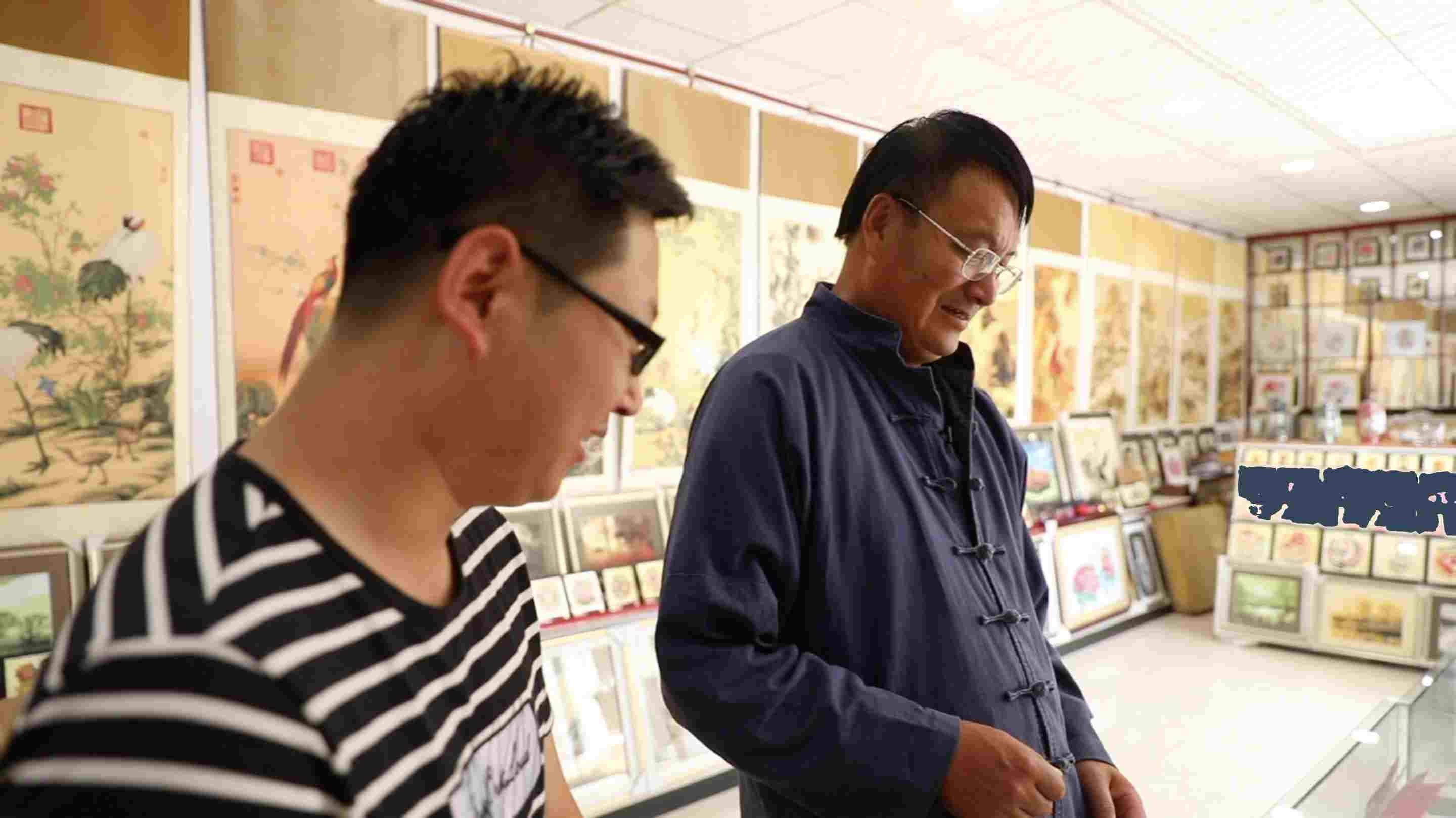
Li Min at his store; /by CGTN
Li Min at his store; /by CGTN
The success of Li brought more attention to paper-cutting as an art form. "Your effort has improved the conditions of the paper-cutting artists in China," said one of his peers.
Li is devoted to protecting and promoting paper-cutting as a priceless folk art. "You can only oppose the tradition when you totally understand it. Saving an intangible heritage is equivalent to passing on the ancient craftsmanship."
Li Min's paper-cutting gallery was established in Beijing's Changping District in 2015. "I didn't do anything extraordinary," says Li. "Yet people from different fields gave me their full support. I feel grateful. I hope the gallery can inspire more people to care about the culture and the development of the paper-cutting art."
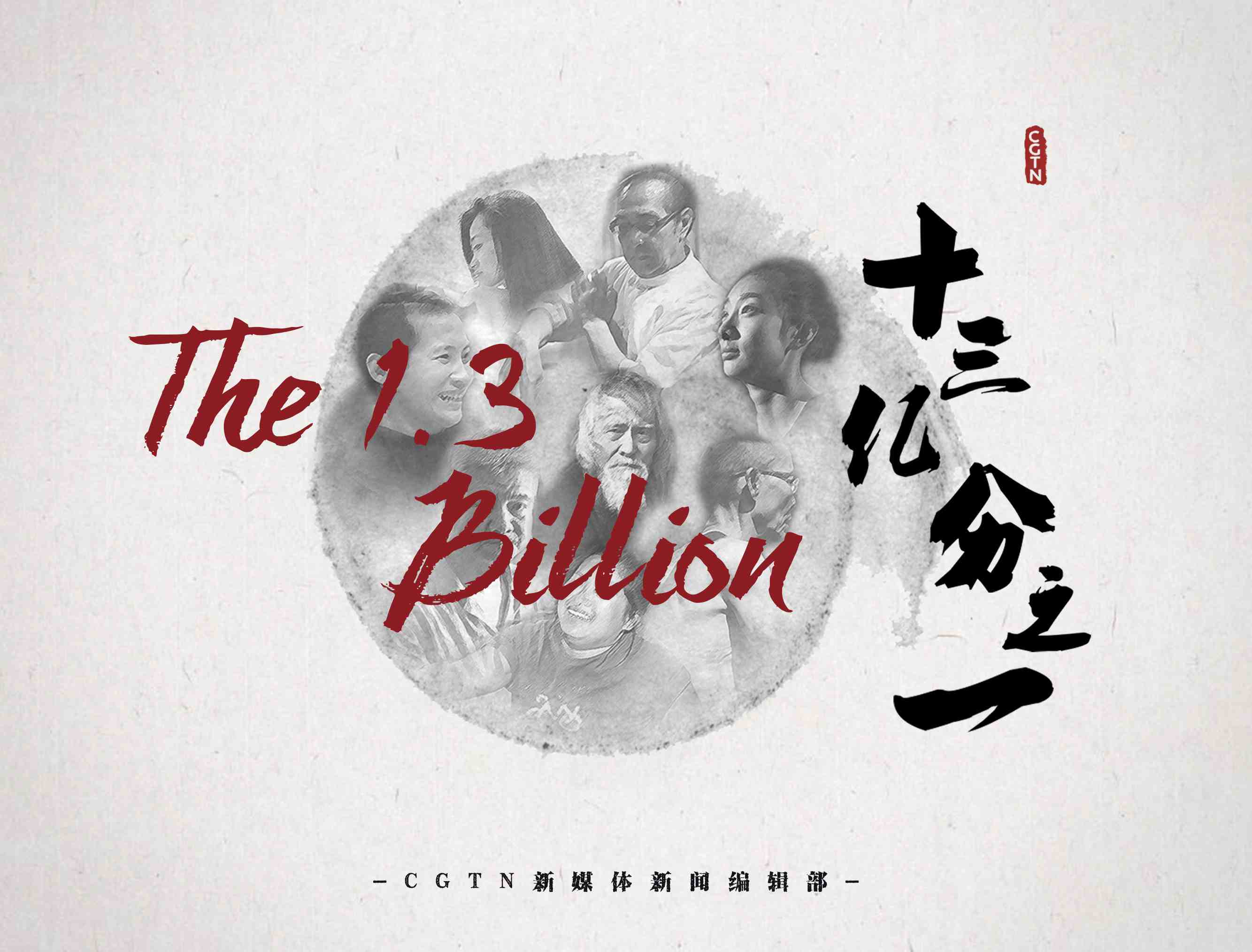
The story is one in The 1.3 Billion series exploring the diverse lives that make up China.
The story is one in The 1.3 Billion series exploring the diverse lives that make up China.

SITEMAP
Copyright © 2018 CGTN. Beijing ICP prepared NO.16065310-3
Copyright © 2018 CGTN. Beijing ICP prepared NO.16065310-3